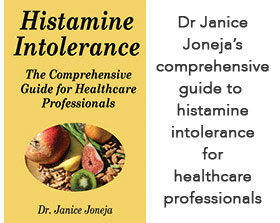Research from the Manchester Asthma and Allergy Study, led by Professor Adnan Custovic of the University of Manchester working with by Phadia AB, a pharmaceutical company based in Uppsala in Sweden, suggests that testing for a molecular component of the peanut called Ara h 2 is a much more accurate predictor of true peanut allergy than current skin and blood tests. The new blood test which detect antibodies to the peanut protein RH2 was accurate in 97% of cases.
The research involved 933 eight-year-old children, 110 of whom (11.8%) had had a positive blood or skin prick test that indicated a peanut allergy. However, when they underwent an oral peanut challenge only 19 children (2%) were found to have peanut allergy that placed them at risk of anaphylaxis. (The others tended to have allergies to grass and tree pollen.)
According to Professor Custovic being able to accurately discriminate peanut allergy from tolerance, will mean that avoidance can be targeted at those patients really at risk, removing the considerable stress that comes from the many false positive sensitivity tests. The team also hope to refine the peanut test so the severity of the allergic reaction can be determined so parents can be given exact advice about whether the reaction will be mild or catastrophic if the child inadvertently eats peanuts.
However, although very encouraging, the findings are bring greeted with some caution by allergists, particularly because the study involved only 19 children with severe peanut allergy.
The Journal of Allergy and Clinical Immunology
Volume 125, Issue 1, Pages 1-278 (January 2010) Allergy or tolerance in children sensitized to peanut: Prevalence and differentiation using component-resolved diagnostics
Nicolaos Nicolaou, MD, MPhil, Maryam Poorafshar, PhD, Clare Murray, MD, Angela Simpson, MD, Henric Winell, MSc, Gina Kerry, RN, Annika Ha¨rlin, MSc, Ashley Woodcock, MD, FMedSci, Staffan Ahlstedt, PhD, and Adnan Custovic, MD, PhD, FRCP, Manchester, United Kingdom, and Uppsala and Stockholm, Sweden
Further comment at Medical News Today April 2010
First published in January 2010
Click here for more research reports
Top of page |










